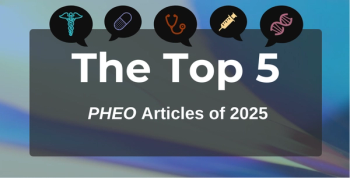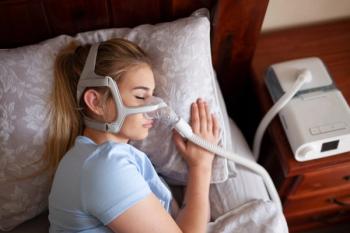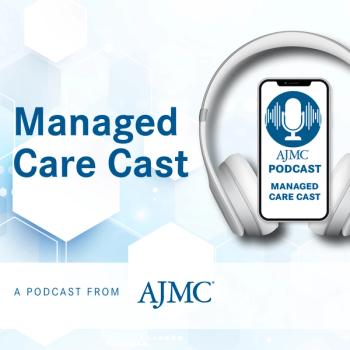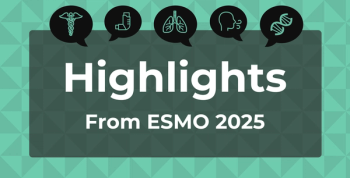
Unpacking the Root Causes and Consequences of Vaccine Hesitancy
This is part 2 of a 3-part vaccine series covering the potential of vaccines for infectious diseases, the impact of the antivaccination movement, and the promise of vaccines for cancer treatment.
The headlines are hard to ignore: the number of measles cases are nearing a new high since the disease was thought to have been eliminated in 2000. In the first 3 months of 2019, there were more cases of the measles than in all of 2018, and as of April 19,
A piece in STAT
Stories like these have continued to make headlines over the last year, highlighting a prominent, global issue: vaccine hesitancy.
In January, vaccine hesitancy was named 1 of the top 10 threats to global health by the World Health Organization (WHO). According to WHO,
To understand vaccine hesitancy, it’s also crucial to note that no single intervention will address the issue because there can be multiple interrelated determinants underlying vaccine hesitancy.
“It’s important to remember when looking at the general public that among those who are vaccine hesitant, many of them are hesitant for different reasons,” explained Amesh A. Adalja, MD, FIDSA, FACP, FACEP, senior scholar, Johns Hopkins Center for Health Security, in an interview with The American Journal of Managed Care®. “It’s not as monolithic as it’s portrayed. You have to look at each case individually.”
Understanding Vaccine Hesitancy and Its Origins
Vaccine hesitancy’s origins date back to the invention of vaccines when the small pox vaccine was created in 1796, explained Adalja. But while vaccine hesitancy is nothing new, it has taken on a more voracious form in recent years.
Adalja credits the start of the modern antivaccine movement to the 1982 film "Vaccine Roulette," which falsely linked the diphtheria, pertussis, and tetanus vaccine to neurologic disorders. This alleged link was later debunked, and the neurologic disorders were proven to be caused by a genetic defect. “But this really galvanized certain parents who were worried about vaccines and who then made themselves into a social pressure group,” explained Adalja.
This movement further gained steam in 1998 when the well-known, now retracted, study published in The Lancet1 by Andrew Wakefield and his colleagues, which suggested the measles, mumps, and rubella (MMR) vaccine may cause autism in children. Despite the small sample size, the uncontrolled design, and the speculative conclusions,1 the paper yielded a strong response, with MMR vaccination rates dropping due to parents’ concern about the risk of autism following vaccination.
The study has since been debunked multiple times,
However, despite the evidence, vaccine hesitancy stemming from both the documentary and the study have persisted. This hesitancy has been exacerbated even further by celebrities like Jenny McCarthy, Jim Carrey, and Robert F. Kennedy Jr, who have been vocal about their antivaccine beliefs.
Social Media
With technology and social media booming over the last decade, these platforms have become a go-to outlet for vaccine hesitant individuals to dispel misinformation about vaccines through avenues like private Facebook groups and Pinterest boards.
“It’s unfortunate that people are using this great technology of social media to spread an anti-technology message,” said Adalja.
In March, 18-year-old Ethan Lindenberger
Later that month, the American Medical Association (AMA)
Recognizing the role they play in stopping the spread of misinformation, some platforms have already taken measures to try and contain this information. Pinterest has blocked all searches for vaccines, which falls under the company’s health misinformation guideline implemented in 2017.
The Role of States
While every state has legislation requiring specified vaccines for students, almost all states grant religious exemptions 17 allow philosophical exemptions for those who oppose vaccinations because of personal, moral, or other beliefs.
In response to recent outbreaks, some states have initiated efforts to remove religious and philosophical exemptions. The Maine House
States that have housed some of this year’s outbreaks have also put forward measures to contain these outbreaks. Public health officials declared public health emergencies in Clark County, Washington, and in certain zip codes in Williamsburg, Brooklyn.
“The goal here is to send a message that people need to act immediately to get vaccinated, and that vaccination is available readily here in the neighborhood and throughout the city,” said New York City Mayor Bill de Blasio
According to Adalja, eliminating these exemptions for school-required vaccinations is a move in the right direction. “There’s so many things you can’t bring to school. You can’t bring peanut butter to school, but you can bring measles to school or chicken pox,” he said.
The Role of Healthcare Stakeholders
In addition to the AMA urging media platforms to contain the dissemination of misinformation about vaccines, the association also urged healthcare professionals to encourage vaccination, stating that “parent and patient education provided by physicians is an important factor in influencing higher vaccination rates.”
Public health officials, including Surgeon General Jerome Adams, MD, MPH, have been vocal about the importance of getting vaccinated. In an opinion piece in The New York Times, Adams; CDC Director Robert Redfield, MD; and Brett P. Giroir, MD, assistant secretary for health at HHS,
References:
1. Wakefield AJ, Murch SH, Anthony A, et al. Ileal-lymphoid-nodular hyperplasia, non-specific colitis, and pervasive developmental disorder in children [published online February 28, 1998]. Lancet. doi: 10.1016/S0140-6736(97)11096-0.
2. Rao TS, Andrade C. The MMR vaccine and autism: sensation, refutation, retraction, and fraud [published online April 2011]. Indian J Psychiatry. doi: 10.4103/0019-5545.82529.
Newsletter
Stay ahead of policy, cost, and value—subscribe to AJMC for expert insights at the intersection of clinical care and health economics.







































